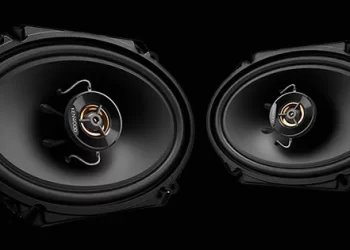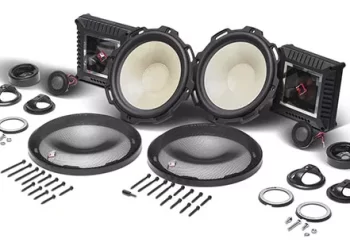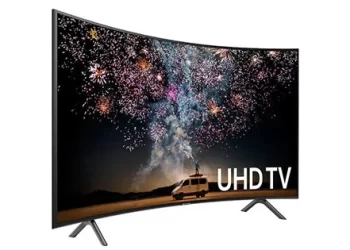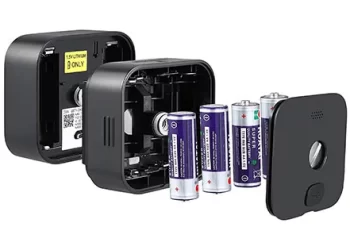Anker Nebula Solar Portable TV Review
The Anker Nebula Solar portable TV is not the cheapest portable of its kind, but it’s not to be underestimated either. At $539 it is far more affordable than the Anker Solar brand’s high end models. Anker does carry over some of the bigger features though, such as interchangeable lenses and a built-in, rechargeable battery. If price is important to you, then the Anker Solar might not be worth much consideration. However, there are some good reasons that the Anker Nebula is a better choice for those who want a moderately-priced, useful solar panel/pane cooker combination. In this Anker Nebula review, we’ll take a look at what sets this model apart from other similar makes and models.
The Anker Nebula Solar has a neat, futuristic design. Although it has all the same standard features you’d expect of a classier, more expensive model, it has a futuristic edge, especially in its use of technology, battery power and hdrs. The Anker Nebula Solar is powered by three hours of energy from a triple-A battery, giving it the ability to operate for up to three hours on a completely empty charge.
This Anker Nebula solar portable projector comes with a neat adapter and an Android TV 9.0 pie menu. There’s also a native 1080p projector lens available. This projector is pretty lightweight and portable, fitting easily in your pocket or bag. The lens, however, may be sensitive to fingerprints, so we recommend that you use an anti-plastic polish to protect it.
As far as the technology inside this Anker projector, it’s pretty standard for other brands. It has an array of built-in Android apps, including a weather forecast widget, an alarm clock, an address book, games, and so on. It’s also worth mentioning that this particular Anker comes with a free six-month warranty for the solar panel and backlight. There are no other Anker products with this long warranty.
As far as the actual image quality goes, it’s a bit below the high-end brands. It’s not bad by any stretch of the imagination, but we’re not sure if it’s enough for high-definition TV watching. In terms of viewing, both the LCD TV and the projector looked great, with very good color and contrast. The only area where they were weaker than their competition was in their contrast range, where the Anker Nebula didn’t have as strong of a contrast as we would have liked for our TV viewing needs. In terms of the audio quality, both devices produced strong and clear sounds. They were just a touch more muffled than we’d like for satellite TV.
One thing that is unique to this Anker Solar Portable Wireless Home Theater System is its built-in android operating system. The interface is clean and easy to use, and it turns out that the interface does work quite well. We also tested the web browser provided with the device and found it to be fast and fairly responsive. If you don’t like Google, there’s an alternative browser called Opera which works quite well as well, and the iPhone version also works quite well. Overall, the browser doesn’t perform as well as the one supplied with the Anker, but if it is what you really want, then the iPhone version will suffice.
The final notable difference between the Anker Nebo and the Solar is the power source. Anker uses a small and inexpensive AA battery which should last for several months. The larger Solar Panel System on the other hand uses a large rechargeable li-ion battery, which should last for many years. So, based on performance, it seems that the Solar is more cost-effective overall, though the smaller portable projector is much more convenient to use as it doesn’t require a separate power source.
The result is that the Anker Nebula is a great choice for anyone looking to invest in a netbook, or even a smaller sized laptop such as the iPad. For those who use a lot of streaming media and like to watch a lot of high-definition video, then you’ll likely find that the size of this machine will be a hindrance. However, for the average home user, then the smaller portable projector is an excellent choice, especially considering the great software bundle that is supplied. Plus, users of the iPad can already stream to their computers via Airplay, meaning that the only thing left to do is to plug the laptop into the projector.








